It’s hard to imagine the future without photography, as it is such an important part of our daily life. Photography creates tales, keeps memories alive, and links people across time and place, from taking pictures of personal memories on cellphones to recording important events in history. But how did photography change throughout time to become the strong visual language we know today?
Let’s have a look at the interesting history of photography, from its beginnings to the inventions that changed the world and its effects on culture throughout the years.
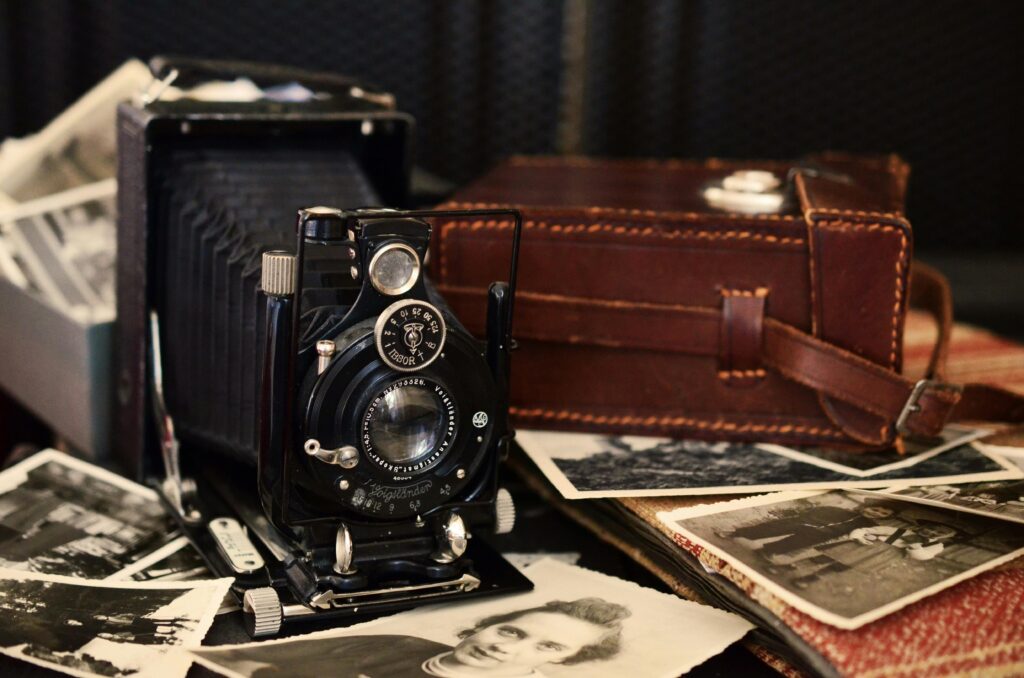
The Origins: Painting with Light
Photography has been around for thousands of years. It’s not a new notion to use light to take a picture. The camera obscura, which means “dark chamber” in Latin, was the first instrument to do this.
The camera obscura was a dark box with a small hole on one side that was made as early as the 5th century BCE and improved over the Middle Ages. Light passed through the hole and projected an upside-down image of the outside world onto the opposite wall inside the box. This technology helped artists get better perspective and detail by letting them trace landscapes and figures.
The camera obscura was an early version of photography, but it did not produce lasting images. That would take another thousand years to make.
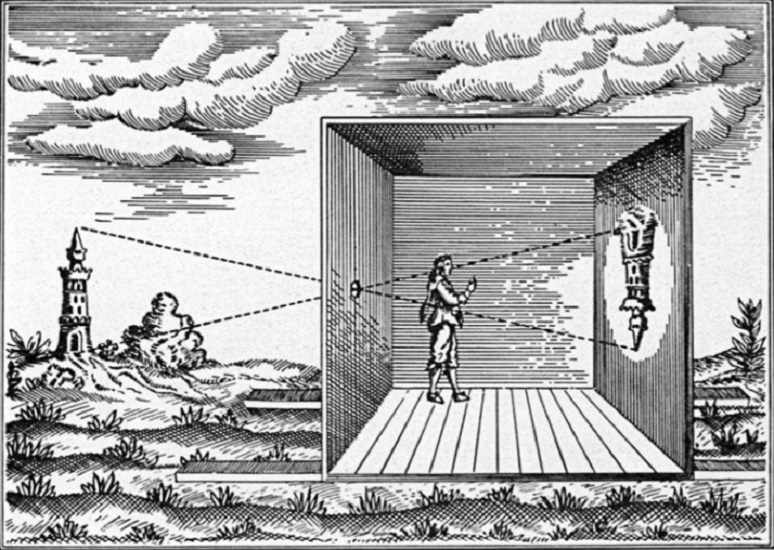
The First Photograph: Nicéphore Niépce (1826)
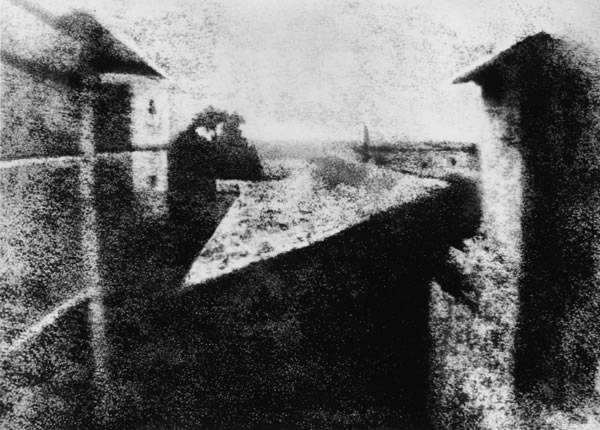
The real beginning of photography was in the early 1800s. Joseph Nicéphore Niépce, a French inventor, took the first documented permanent image in 1826 or 1827. Heliography was used to make the picture, which is called View from the Window at Le Gras. Niépce put bitumen of Judea, a light-sensitive material, on a pewter plate and left it out in the open for more than eight hours.
This was a big step forward, even though it seems rudimentary by today’s standards. It showed that light could permanently capture an image.
Daguerreotype Revolution: Louis Daguerre (1839)
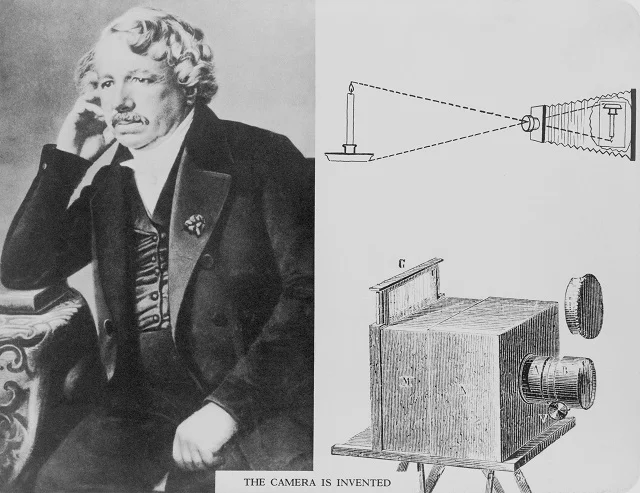
Niépce worked with another Frenchman, Louis Daguerre, to make the procedure better. Daguerre kept working after Niépce died and came up with the daguerreotype in 1839, which was the first photographic technique that everyone could use.
The daguerreotype was made by covering a copper plate with silver, sensitizing it with iodine vapor, exposing it to light, and developing it with mercury fumes. It made pictures that were very crisp and detailed, but they were also quite fragile and couldn’t be copied.
People were quite excited by Daguerre’s invention. That year, the French government bought the rights and gave it away “free to the world,” which is when photography became known to the public.
The Calotype and Paper Negatives: Henry Fox Talbot
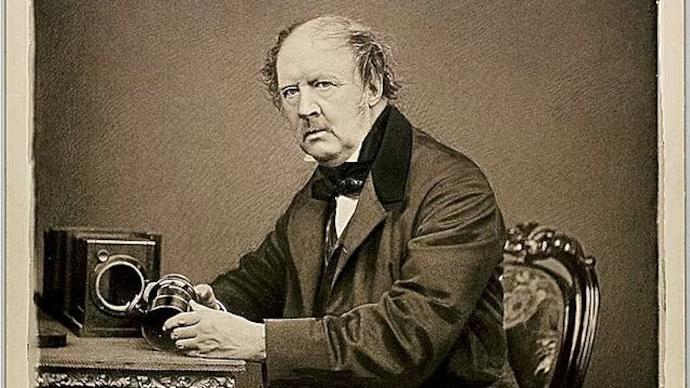
Daguerre’s innovation spread swiftly in France and the U.S., but an Englishman called William Henry Fox Talbot was working on a different method.
Talbot got a patent for the calotype technique in 1841. It used paper that had silver iodide on it. The calotype made a negative image on paper, which could be used to make many positive prints. This is different from the daguerreotype. This was the start of modern photographic reproduction.
Calotypes couldn’t show as much detail as daguerreotypes, but they could make many copies, which was a huge step forward for photography.
Wet Collodion and the Start of Modern Photography (1851)
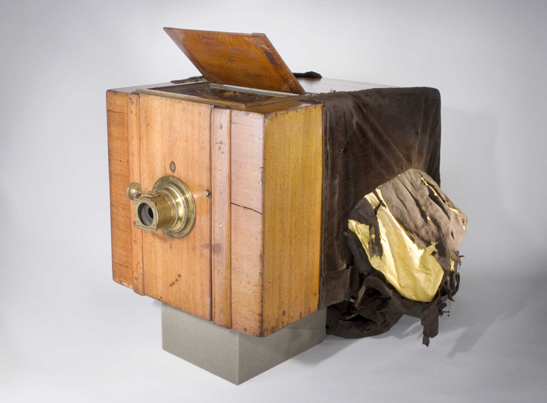
British photographer Frederick Scott Archer came up with the wet collodion method in 1851. It combined the best of both worlds: sharpness and the ability to make copies.
This procedure included covering a glass plate with collodion, putting it in a silver nitrate bath to make it more sensitive, and then exposing it while it was still wet. The negatives that came out were very clear, and it was easy to make prints with albumen paper.
The wet collodion method was the most popular way to take pictures for decades, even though it was dirty and took a long time (photographers had to process the plate right away). It was also used a lot during the American Civil War and the Victorian era.
Dry Plates and the Road to Portability (1870s)
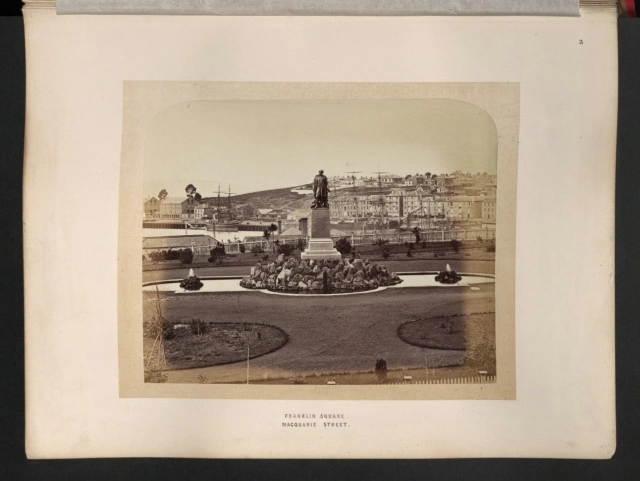
The creation of dry plates in the 1870s was another big step forward for photography. These glass plates were already covered in a gelatin emulsion, which made them easier to use and faster than wet plates. Photographers didn’t have to bring portable darkrooms with them into the field anymore.
You could also store and develop dry plates later, which led to snapshot photography.
The Kodak Moment: George Eastman (1888)
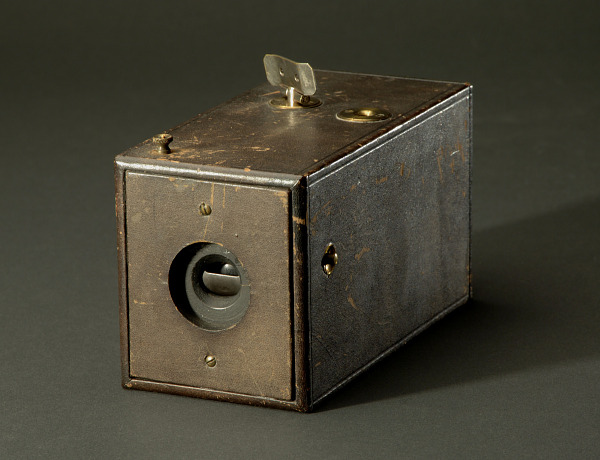
George Eastman transformed photography forever with just one name.
Eastman released the Kodak camera in 1888. It was a box camera that came with 100 exposures of film. After snapping pictures, customers sent the whole camera back to Kodak. Kodak then developed the film and sent back images along with a camera that was ready to use again.
“You press the button, we do the rest,” Kodak’s tagline, making photography available to everyone. Eastman’s roll film also became the basis for motion picture film, which connected photography and movies.
Colour, Art, and Journalism in 20th Century Photography
Artistic Expression and Pictorialism
In the early 1900s, photography changed from a way to record things to a way to express art. The Pictorialist movement wanted to make photography a fine art by adopting soft focus and beautiful compositions.
Modernist photographers like Ansel Adams and Edward Weston soon called for clear, high-contrast photos that showed off detail and realism.
Photojournalism and the Power of Truth
In the 20th century, photography also became a weapon for journalism and social change. Dorothea Lange, Henri Cartier-Bresson, and Robert Capa were among of the first photographers to use their cameras to record history as it happened, from the Great Depression to World War II.
Magazines like Life and National Geographic made photography a main way to tell stories and report news, which changed people’s minds and made them feel for others.
The Color Revolution
Color photography has been around since the 1800s, but it didn’t become popular until the introduction of Kodachrome film in 1935.
By the 1970s and 1980s, color photography had mostly taken the place of black-and-white photography for both business and personal use. However, many artists and journalists still liked black-and-white photography for its emotional depth.
The Digital Age: Pixels Instead of Paper
The First Cameras That Use Digital Technology
In the late 20th century, the change from chemical to digital photography began. Bell Labs created the first digital image sensor in 1969. This led to the first digital cameras being made by firms like Sony and Canon in the 1980s and 1990s.
Digital photography made film and darkrooms unnecessary. You could now save pictures on memory cards, change them on computers, and send them right away.
The Smartphone Era
The smartphone may have brought about the most significant change. It was common for phones to have built-in cameras in the 2000s. By the 2010s, phones like the iPhone and Samsung Galaxy had made almost everyone a photographer.
Not only did platforms like Instagram, Snapchat, and TikTok change how we take pictures, they also changed how we talk to them. Photography became social, real-time, and interactive.
AI and the Future of Photography
Artificial intelligence, machine learning, and computational photography are all helping photography move into a new era.
AI is used by modern smartphones to automatically improve lighting, focus, and composition. We are changing the way we edit and understand photos using tools like Photoshop’s AI features, generative art models, and image restoration software.
At the same time, people are still arguing over what is real, deepfakes, and the moral issues that come up with AI-made images.
Conclusion: An Art That Changes All the Time
The history of photography is characterized by new ideas, inventiveness, and the democratization of access to technology, ranging from old camera obscuras to modern digital DSLRs and smartphones. What started off as a scientific curiosity is now an art form that billions of people may enjoy every day.
One thing that hasn’t changed as technology has improved is photography’s ability to stop time, tell stories, and connect people through the global language of pictures.
Suggested SEO Tags:
history of photography, where photography began from, how photography has changed over time, a timeline of photography, early photographic techniques, the history of Kodak, the invention of the digital camera, photography blog
Keywords to Focus On:
The History of Photography, The Timeline of Photography, The Invention of the Camera, The Evolution of Photography
The history of photography is a remarkable journey from ancient tools like the camera obscura to today’s AI-powered smartphones. Starting with the first permanent photo by Niépce in 1826, it evolved through daguerreotypes, film cameras, and digital technology. Photography has transformed how we capture memories, share stories, and view the world—combining science, art, and emotion in a way that continues to shape our culture every day.
The history of photography traces the advancement of light-based image-making from the camera obscura to high-resolution digital cameras. With milestones like Niépce’s first photo, Daguerre’s daguerreotype, and Eastman’s Kodak, photography gradually became accessible and influential. In the 21st century, smartphones and AI-driven tools have revolutionized how we capture and share visual information, solidifying photography’s role in art, communication, journalism, and cultural preservation.
The history of photography is a fascinating journey that showcases how humans learned to capture light and preserve memories. From the camera obscura to smartphones, the history of photography includes inventions like the daguerreotype, film, and digital cameras. The history of photography reflects our desire to document life, express creativity, and communicate visually. Understanding the history of photography reveals how it shaped art, science, and culture in powerful and lasting ways.
he history of photography captures the story of human vision—from shadows on walls to stunning digital images. Every chapter in the history of photography marks a leap in creativity and technology. The history of photography includes pioneers like Niépce, Daguerre, and Eastman, whose work changed how we see the world. As we scroll through our smartphones, we’re living the latest chapter in the ever-evolving history of photography.
Understanding the history of photography reveals how this visual medium evolved from science to everyday life. The history of photography began with the camera obscura and took major strides with film and digital innovations. Through the history of photography, we see how people preserved memories, shaped narratives, and expressed creativity. Today’s technology is just another chapter in the long and inspiring history of photography—a journey that continues to influence how we see and share the world.
